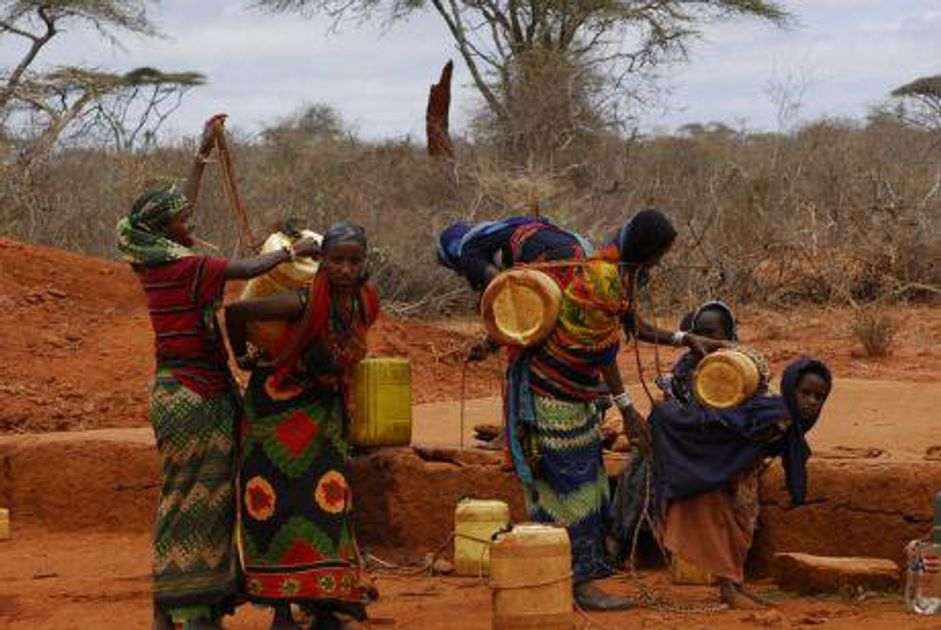Abiy Ahmed, Ethiopia’s Prime Minister and Chairman of the Ethiopian People’s Revolutionary Democratic Front (EPRDF) launched his own Prosperity Party in 2019, joining the EPRDF alliance and a number of other opposition groups to address the long-standing issue of the ethnic federation and ethnic nationalism in Ethiopian politics. The Tigray People’s Liberation Front (TPLF), which had ruled Ethiopia for 27 years, was enraged by this. After the administration postponed the elections due to COVID-19, Tigray forces rebelled and a conflict emerged. As the situation deteriorated, the central government cut connections with Tigray.
Both parties have been charged with committing heinous war crimes. Around 10,000 civilians have been killed in the previous three months, and war rape has become commonplace. On November 4, 2020, Ethiopia’s government launched an operation to depose the TPLF when the TPLF occupied Mekelle, Tigray’s capital. The government established a blanket embargo on Tigray, making any supplies or cash to the TPLF hard to obtain. As a result, a serious humanitarian disaster has begun. Banks have remained closed, all communication to Tigray has been cut off and fuel has been barred from entering the region.
Read more: Highlights from the Pakistani ambassador to Ethiopia’s latest interview
A humanitarian catastrophe is brewing
Around two million refugees have fled Tigray and the problem is projected to worsen, owing to a lack of food and fear of massacre. According to a poll, 1.769 million people in Tigray are in phase 4 (emergency), with another 353,000 in phase 5 (catastrophe), a technical term for “famine.” Because the Ethiopian government would complain, the IPC avoided using the word because it is so politically fraught. Hunger-related deaths in huge numbers are unavoidable, therefore these data hide a tragic human tragedy. An undernourished body consumes its own organs to gather enough energy to retain life so starvation is a cruel way to die.
According to the most recent figures from Tigray, 300,000 children would be affected. The survey teams had to rely on extrapolation from limited data because they were unable to reach all of the locations. The catastrophic paucity of help for millions of people trapped in the region, according to the UN’s Office for the Coordination of Humanitarian Affairs (OCHA), significantly outnumbers humanitarian workers’ daring and risky efforts in every ‘life-saving’ sector (food, health, water and sanitation, nutrition, and shelter).
The UN has accused Ethiopia’s government of stopping assistance delivery to Tigray, warning that millions of people are at risk. The UN has also been criticized for evacuating humanitarian personnel from Tigray. According to a UN report, armed police turned back a UN team attempting to pick up employees from Tigray in August. Nearly two dozen humanitarian workers have been killed, including several who were killed while distributing food. Aid workers are sometimes allowed to eat only a limited amount of their own food. Both the opposition parties blame each other.
The administration has blamed Tigray forces for delays with aid distribution
The UN said on November 9, 2021, that Ethiopian authorities detained 16 UN staff members and dozens of drivers who were supposed to ferry food aid into the rebel-held Tigray region, adding to the organization’s tense relations with a government embroiled in a civil war and facing a growing famine threat.
In a nutshell, the current situation in Ethiopia is adding to a cycle of concerns that will keep the vehicle of humanitarian crises moving for months or worse, years. Internal conflicts can affect a country more than external pressures, as the man-made humanitarian disaster in Tigray demonstrates. The World Peace Foundation has proposed a number of solutions to prevent future famines in Tigray. However, the focus is on bringing active hostilities to a standstill and concentrating on duties critical to the civilian population’s survival. Before it’s too late, the Ethiopian government and all parties participating in the conflict must fulfill their obligations to protect civilians and deliver unrestricted humanitarian help to people in desperate need.
To avoid the coming famine, a peace deal and the complete withdrawal of Eritrean and Amhara forces from Tigray are essential. This is Ethiopia’s second humanitarian disaster. A famine struck northern Ethiopia in 1984-85, killing an estimated 2 million people as a result of hunger and other ailments. It is imperative that the atrocities of the past not be repeated. To avoid a repeat of one of the worst humanitarian tragedies in recent memory, an all-encompassing national discourse involving all major political actors must be initiated as soon as feasible and the international community must play its role as a mediator. Ethiopia is critical to the Horn’s stability because it is Africa’s second-most populous country.
Read more: US asks nationals to return from war-torn Ethiopia on their own
The fight may aggravate ethnic tensions, potentially fragmenting the country. As a result, the international community’s complete lack of awareness of Tigray’s tragic and fast deteriorating humanitarian situation is grounds for grave worry. As the US special envoy Jeff Feltman cautioned “we should not wait to count the graves”. It is no longer a question of whether a famine will occur; rather, it is a question of how many people would die if immediate action is not taken.
The writer is a Research Intern at the Institute of Strategic Studies, Islamabad. The views expressed in the article are the author’s own and do not necessarily reflect the editorial policy of Global Village Space.














